Ever wonder why firefighters are so jacked? It’s not just for the calendar photos.
Becoming a firefighter requires passing some seriously tough fitness tests, and for good reason. Firefighting isn’t just physically demanding—it’s one of the most physically intense jobs on the planet.
When you’re dragging heavy hoses, carrying victims down stairs, and swinging axes through doors, all while wearing 50+ pounds of gear in a burning building well, let’s just say that daily 30-minute elliptical session isn’t quite enough preparation.
Let’s break down why these fitness evaluations are absolutely essential (not just nice-to-have) for anyone hoping to become a firefighter, and what these tests actually look like in the real world.

Why Firefighters Need Serious Fitness Tests
The Life-or-Death Reality
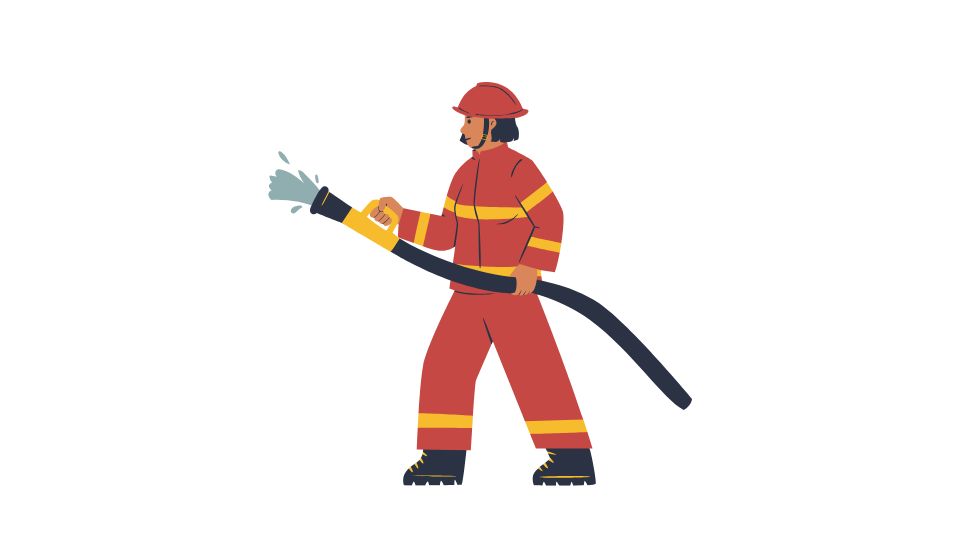
Imagine this scenario: You’re halfway up a smoke-filled stairwell in full gear, carrying a 200-pound unconscious person over your shoulder, and you still need to make it back down safely.
Oh, and the building is literally on fire around you.
This isn’t a movie scene—it’s a Tuesday for many firefighters. The physical demands are extreme:
- Climbing multiple flights of stairs while carrying 50+ pounds of equipment
- Dragging heavy hose lines through tight spaces
- Lifting and carrying victims of various sizes
- Operating power tools and axes for extended periods
- All while dealing with extreme heat, toxic smoke, and limited visibility
When someone’s life is on the line, there’s no time for a water break or to catch your breath. Either you have the physical capacity to complete the mission, or people might die—including you and your team.
A study from the National Fire Protection Association shows that heart attacks are the leading cause of on-duty deaths for firefighters. Physical fitness isn’t just about job performance—it’s about survival.
Safety For Everyone
Fitness evaluations serve several critical purposes:
Protecting the firefighter – The fitter you are, the less likely you’ll get injured or suffer a cardiac event under stress
Protecting the team – If you can’t carry your weight (literally), your fellow firefighters have to pick up the slack, endangering everyone
Protecting the public – Someone who’s physically incapable of performing rescues puts lives at risk
As research from the University of Illinois shows, there’s a direct correlation between firefighter fitness levels and successful rescue operations. It’s not about discrimination—it’s about ensuring everyone goes home alive.
Meeting Professional Standards
Organizations like the National Fire Protection Association have established detailed fitness guidelines for good reason. NFPA 1582 outlines specific standards for:
- Aerobic capacity
- Muscular strength and endurance
- Body composition
- Flexibility and mobility
These aren’t arbitrary numbers—they’re based on extensive research about what’s physically required to perform firefighting duties safely and effectively.
What Gets Tested (And Why)
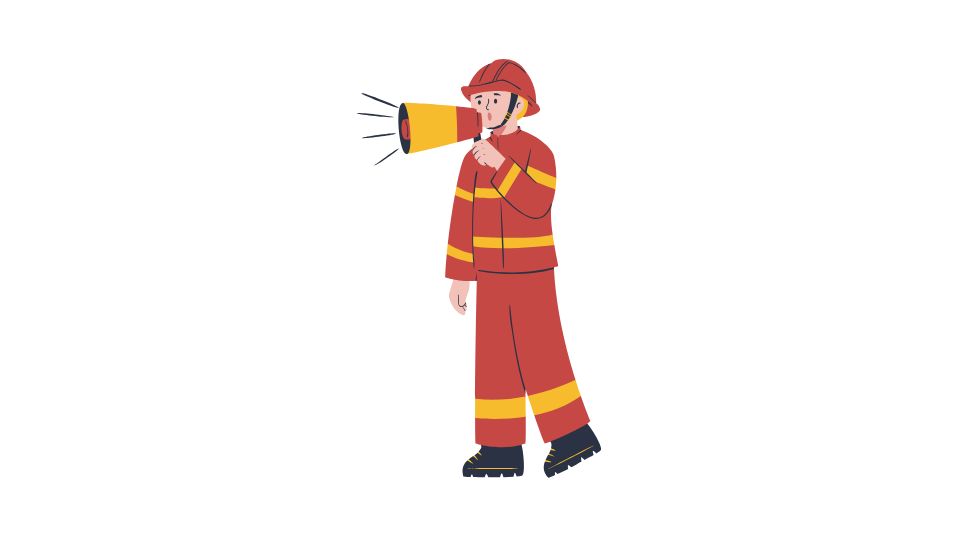
The Muscle Behind the Badge
Firefighter fitness evaluations typically measure:
Aerobic Capacity: The Oxygen Game
Tests include:
- Timed 1.5 or 2-mile runs
- Step tests
- Stair climbs with weighted vests
Why it matters: During a fire, your heart rate can sustain 170+ BPM for extended periods. Without good cardiovascular fitness, you’re at serious risk of collapse.
Strength & Endurance: Power When It Counts
Tests include:
- Grip strength (for handling hoses and tools)
- Deadlifts and squats (for lifting victims)
- Push-ups, pull-ups, and planks (for overall functional strength)
Why it matters: When you need to force open a door with a halligan bar or carry a victim down three flights of stairs, raw strength is non-negotiable.
Body Composition: Fighting Fit
Tests include:
- BMI measurements
- Body fat percentage tests
Why it matters: Excess body fat increases cardiac strain and reduces mobility in tight spaces—both potentially fatal issues in firefighting scenarios.
Job-Specific Skills: The Real-World Test
This is where the rubber meets the road with tests like the Candidate Physical Ability Test (CPAT), which includes:
- Stair climb with weighted vest
- Hose drag
- Equipment carry
- Ladder raise
- Forcible entry simulation
- Search maze
- Rescue drag
- Ceiling breach and pull
Why it matters: These aren’t gym exercises—they’re the actual physical tasks you’ll perform when lives are on the line.
Real Examples From Fire Departments
Different departments have their own standards, but they’re all challenging:
South King County Fire requires a 2-mile run in under 18 minutes, 25+ push-ups, a 2-minute plank, and at least one chin-up just to meet minimum standards
Portland Fire & Rescue puts recruits through circuits in full gear, including stair climbs with a 50-pound breathing apparatus
CPAT standardized test requires completing eight physically demanding events in about 10 minutes while wearing a 50-pound vest
The International Association of Fire Fighters recommends that all firefighters maintain fitness levels that meet or exceed these standards throughout their careers—not just during recruitment.
Beyond The Initial Test: Career-Long Fitness
Passing the entry fitness test is just the beginning. Many departments have ongoing fitness requirements because the physical demands don’t decrease over time.
Some departments allocate on-duty time specifically for physical training, and many fire stations have their own gyms. There’s a culture of fitness in firefighting that goes beyond just meeting standards—it’s about long-term survival in a physically brutal profession.
Nutrition: Fueling The Firefighter
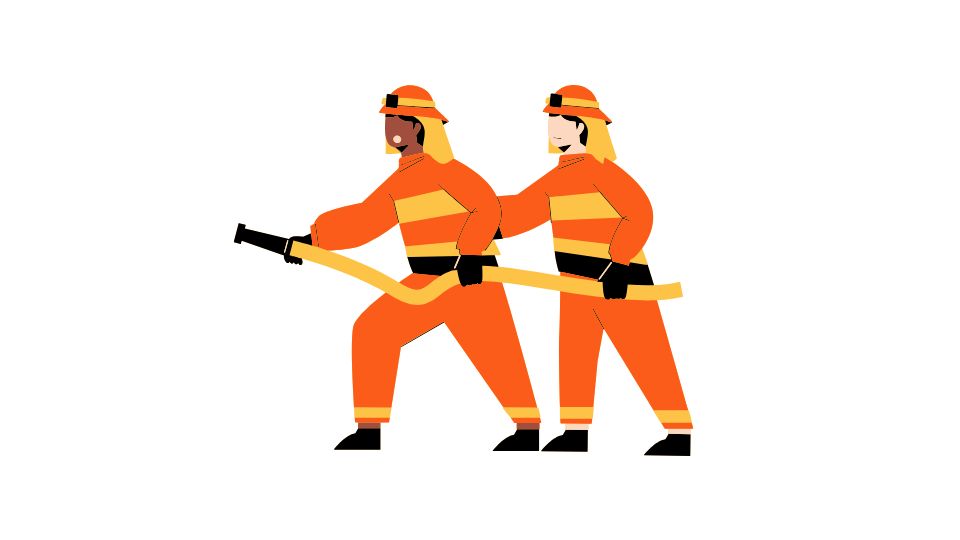
With the extreme physical demands, nutrition becomes crucial for firefighters. Proper meal planning and nutrition tracking can be essential tools.
Many firefighters use apps and tools for tracking their nutrition needs. For example, MealByMeal.com offers a simple text-based meal tracking system that works well with firefighters’ unpredictable schedules, helping maintain the optimal body composition needed for the job.
The Bottom Line: These Tests Save Lives
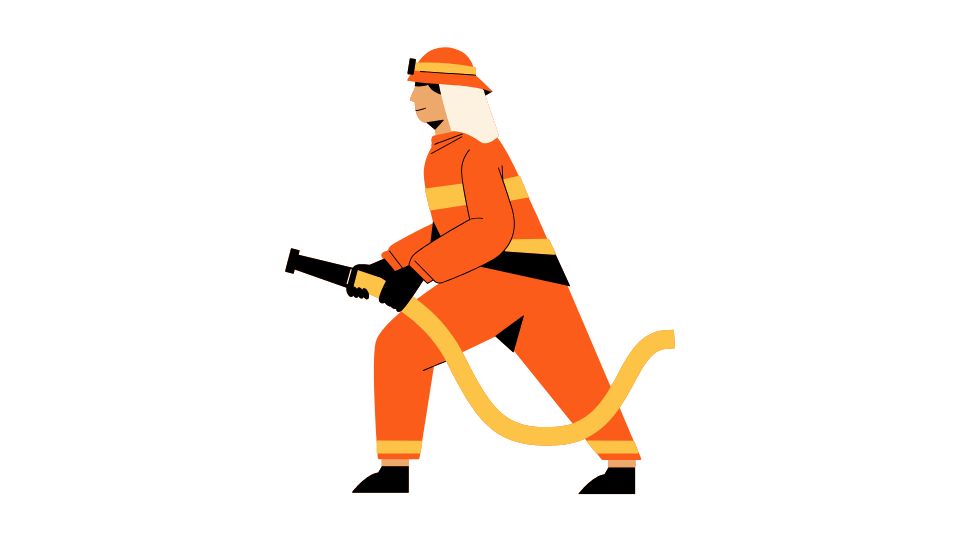
Firefighter fitness evaluations aren’t arbitrary hurdles designed to exclude people—they’re scientifically validated assessments that predict whether someone can physically perform the job when lives are at stake.
According to the Journal of Occupational Medicine, physically fit firefighters:
- Experience fewer injuries
- Recover faster when injured
- Have significantly lower rates of cardiac events
- Perform their duties more effectively
So while these tests may seem demanding, they serve a critical purpose: ensuring that when you call 911, the person who shows up can actually save you.
Next time you see firefighters working out at the station or running in full gear, remember—they’re not just staying in shape. They’re preparing their bodies for the moment when your life might depend on their physical ability.
And that’s worth every burpee, deadlift, and mile they put in.



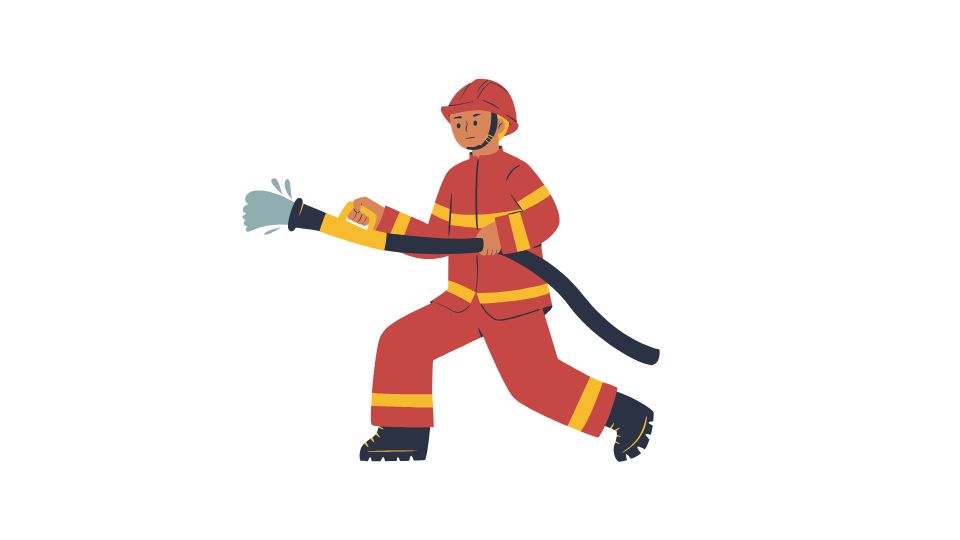
Leave a Reply